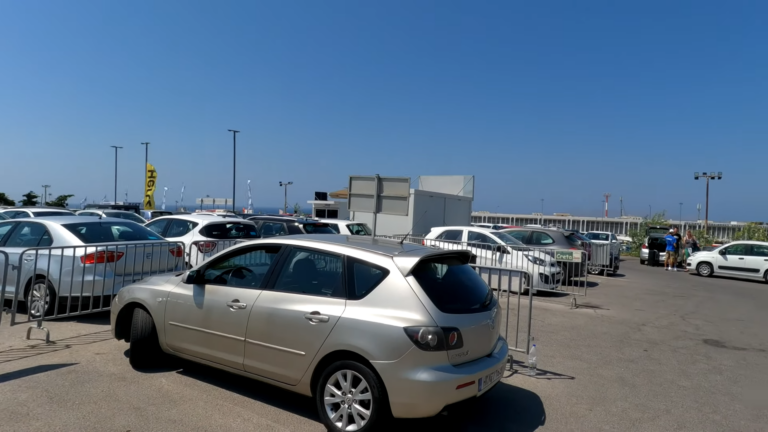Renting a car in Crete can be an excellent way to explore this beautiful Greek island at your own pace. Whether you’re planning to visit famous beaches, explore historical sites, or just enjoy scenic drives, a rental car offers freedom and convenience.
However, there are several important factors to consider before you rent an auto in Crete. This guide provides essential tips to help you navigate the process smoothly in 2024.
1. Understanding Crete’s Driving Environment
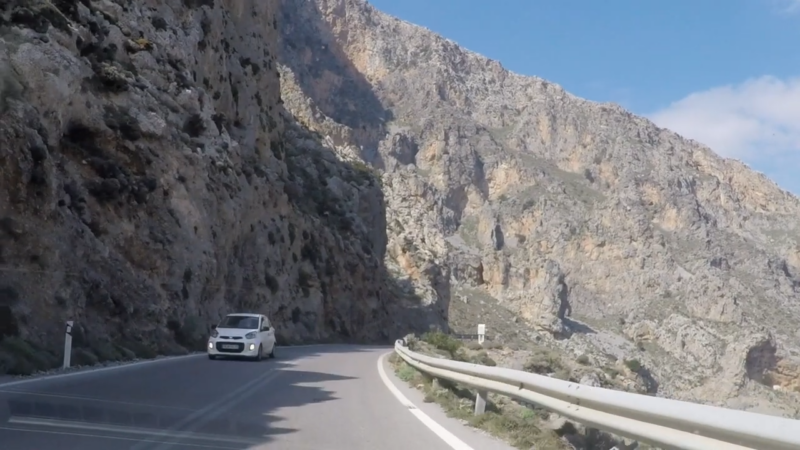
Roads and Traffic Conditions
Crete’s road network includes a mix of modern highways and narrow, winding rural roads. Major cities like Heraklion and Chania are connected by well-maintained highways. However, when you venture into smaller villages or mountainous areas, roads can be challenging.
They often have sharp turns and steep inclines. Traffic in urban areas, especially during peak tourist season, can be congestive. Understanding these conditions helps you choose the right car for your needs and prepare for the driving experience in Crete.
Parking and Regulations
Finding parking in Crete’s major towns and tourist spots can be tricky, particularly in high season. Public parking areas are available, but they can fill up quickly.
Street parking is an option, but be aware of parking regulations to avoid fines. In many areas, parking is allowed only on one side of the street on alternate days. Always look for parking signs and follow local rules to avoid penalties.
Fuel Stations and Services
Fuel stations are widely available in Crete, especially along major roads and in towns. However, in remote areas, they can be scarce. It’s wise to fill up your tank when you have the chance. Most fuel stations offer full service, and attendants will pump gas for you.
Payment is typically in cash, though many stations now accept credit cards. Also, remember to check the working hours of fuel stations, as some may close early, especially in rural areas.
2. Choosing the Right Rental Car
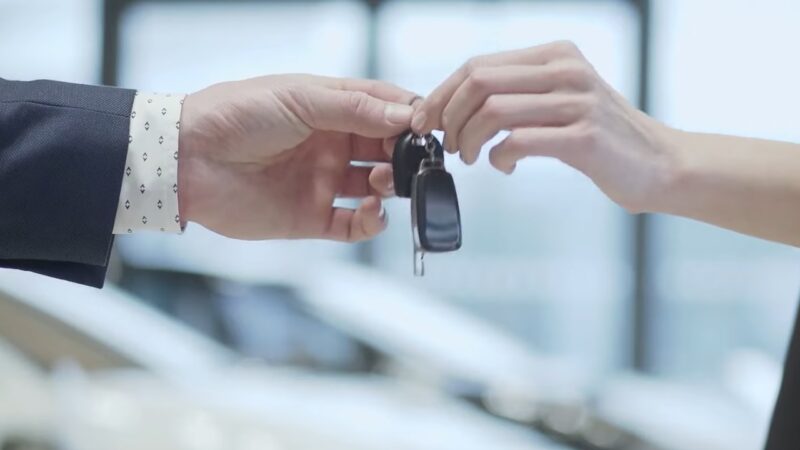
Types of Cars and Features
When renting a car in Crete, you have a variety of options, from compact cars to SUVs. Your choice should depend on your travel plans. Compact cars are great for city driving and fuel efficiency, while SUVs or larger vehicles are better suited for groups or those planning to drive in mountainous areas.
Features like GPS navigation can be extremely helpful for navigating the island’s roads, and air conditioning is a must during the hot summer months. For a comprehensive selection of rental cars suited to all these needs, check out monzarentacar.com.
They offer a wide range of vehicles and additional features that can enhance your driving experience in Crete.
Rental Agreements and Insurance
Always read the rental agreement carefully before signing. Pay attention to the terms regarding mileage limits, fuel policy, and additional drivers. Insurance is another critical aspect.
Rental companies offer various insurance options, from basic to comprehensive coverage. It’s important to understand what is covered, especially regarding potential damages and theft. Sometimes, your credit card company may offer rental car insurance as a perk, so check with them too.
Costs and Hidden Fees
Be aware of the total cost of renting a car in Crete. The headline rate might not include taxes, insurance, or additional driver fees. Always ask for a full breakdown of costs before booking.
Additional charges, like for GPS rental or baby seats, can add up. To avoid surprises, inquire about all potential fees upfront. Also, compare prices from different rental companies and look for special deals or discounts.
3. Legal Requirements and Safety Tips

Driving License and Age Restrictions
To rent a car in Crete, you must have a valid driving license. For non-EU citizens, an International Driving Permit (IDP) is often required along with your national license.
The minimum age for renting a car typically ranges from 21 to 25 years, depending on the rental company. There may also be an upper age limit. Ensure you meet all the requirements to avoid any issues at the rental desk.
Road Safety and Local Laws
Driving in Crete, like the rest of Greece, is on the right-hand side of the road. Seat belts are mandatory for all passengers, and the use of mobile phones while driving is prohibited unless you have a hands-free system.
Speed limits are strictly enforced in Crete. They are usually 50 km/h in urban areas, 90 km/h on open roads, and 130 km/h on highways. Be especially cautious when driving on mountain roads, as they can be narrow and have sharp bends.
Emergency Situations
In case of an emergency, the European emergency number is 112. It’s also a good idea to have the contact number of your rental car company handy. Most companies provide 24/7 assistance for breakdowns or accidents.
Keep a first-aid kit, a fire extinguisher, and a warning triangle in your car, as they are required by Greek law. If you’re involved in an accident, report it immediately to the police and your rental car company.
4. Exploring Crete: Tips for a Memorable Trip
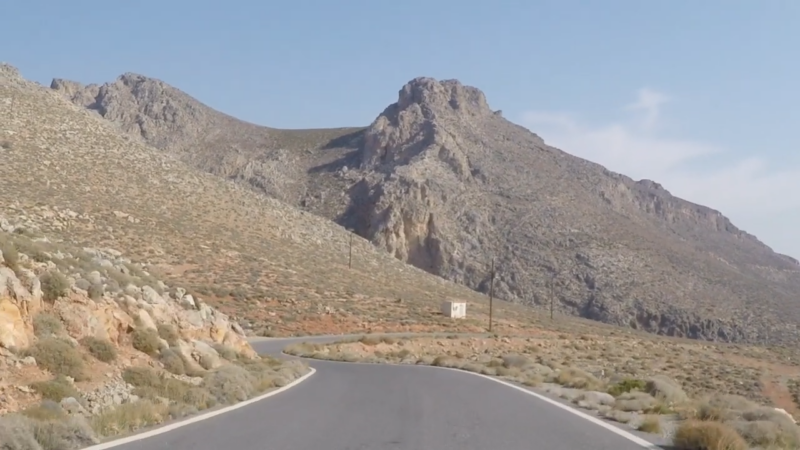
Planning Your Routes
This is an island with diverse landscapes and attractions. Plan your routes in advance to make the most of your trip. Coastal drives offer stunning sea views, while mountainous routes take you through traditional villages and scenic landscapes.
Must-visit places include the Palace of Knossos, Elafonissi Beach, and the Samaria Gorge. A GPS or a good map is essential for navigating and discovering hidden gems.
Local Customs and Etiquette
Understanding local customs and etiquette can enhance your driving experience in Crete. Cretans are known for their hospitality, but they also value respect and courtesy.
When driving in rural areas, it’s common to encounter local drivers who may drive assertively. Always be patient and courteous. In villages, be mindful of narrow streets and yield to pedestrians and animals.
Enjoying the Journey
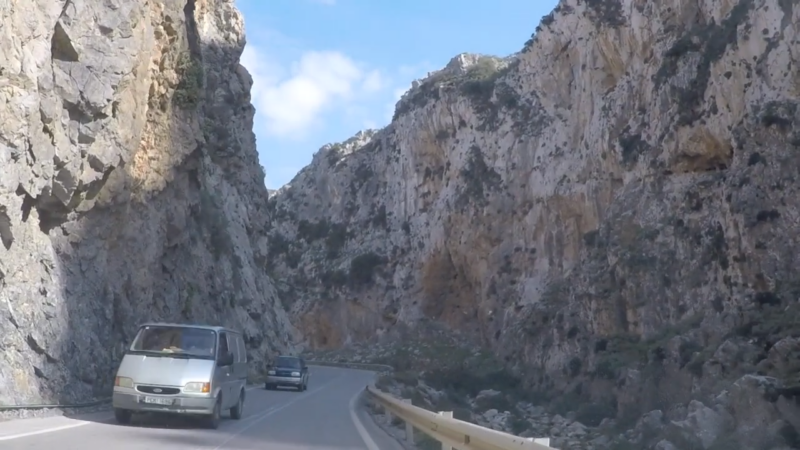
Remember, the journey is as important as the destination. Crete offers breathtaking landscapes and unique experiences. Take your time, stop at local tavernas, and enjoy the Cretan cuisine.
Capture the beauty of Crete’s beaches, mountains, and historical sites. Renting a car gives you the freedom to explore at your own pace and create unforgettable memories.
Conclusion
In conclusion, renting a car in Crete in 2024 can be a fantastic way to explore the island. By understanding the driving environment, choosing the right car, being aware of legal requirements, and planning your journey, you can ensure a safe and enjoyable trip. Embrace the adventure and discover the wonders of Crete!
Related Posts:
- Driving in Europe: Essential Tips for US Travelers…
- Traveling Canada? Check These 14 Tips First Before…
- Sailing the Nile: Things to Know About Nile Cruises…
- Are Tactical Backpacks Good for Air Travel? 10…
- 8 Things to Do in Washington DC Once Stoned - 2024 Guide
- Crete and Rhodes: The Top Greek Islands for the…

